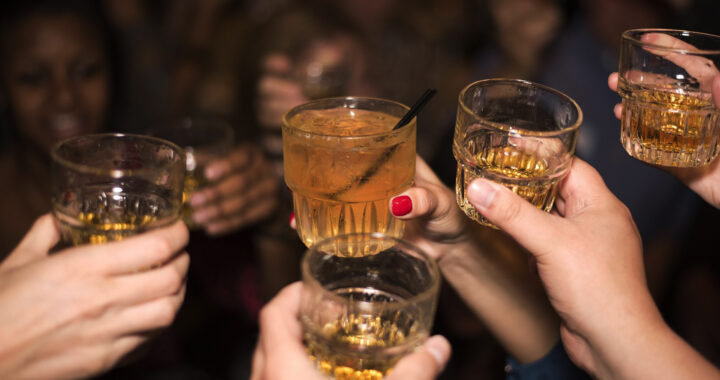American analytics and advisory company Gallup has reported that only 54 percent of U.S. adults currently identify as drinkers. This marks the lowest rate recorded since the survey began in 1939. The decline follows three consecutive years of decreases. The company describes this trend as unprecedented, based on its long-term data on alcohol consumption patterns across the country.
The Gallup Consumption Habits survey was conducted from 7 to 21 July 2025 through telephone interviews with 1002 U.S. adults aged 18 and older. The margin of sampling error is ±4 percentage points for all adults and ±5 points for the 583 identified drinkers. Interviews were conducted by ReconMR. Data were nationally representative. The following are the main findings:
• Record-Low Alcohol Consumption: Only 54 percent of U.S. adults now say they drink alcohol. This is the lowest figure since Gallup began tracking in 1939 and marks the third consecutive year of decline. This was not previously observed in historical data.
• Public Perception Shift on Health Risks: 53 percent believe moderate drinking is bad for health. This is the first time a majority has held this view. he perception has grown sharply from 28 percent in 2018 and 39 percent in 2023 to 53 percent in 2025.
• Lower Drinking Frequency and Volume: Only 24 percent of drinkers consumed alcohol in the past 24 hours. This is a record low. 40 percent of the polled drinkers said it had been more than a week since their last drink. This is a record high.
• Key Gender Difference in the Decline: Drinking among U.S. women went down by 11 percentage points to 51 percent. Drinking among men dropped by 5 percentage points to 57 percent. The gender gap has narrowed, but the decline among women is steeper.
• Generational Consumption Trends: Young adults aged 18-34 have the steepest decline at 50 percent in 2025. They now drink less than middle-aged and older adults. This continues a decade-long trend of reduced drinking among younger Americans.
• Difference Among Racial Groups: Non-Hispanic White adults in the U.S. demonstrated an 11-point decline in alcohol drinking rates. Alcohol consumption among people of color has remained relatively steady at approximately 50 percent.
• Trends Based on Political Affiliation: Republicans reported a 19-point drop in drinking over two years, or at 46 percent. Democrats are steady at around 61 percent. Independents fall between these two groups and show slight decreases in consumption.
Gallup has noted that the reduction in alcohol consumption is not simply a result of substitution with recreational cannabis. Note that recreational cannabis is legal in about half of U.S. states. Its long-term usage has also increased. The rate has remained largely stable over the past four years. This suggests minimal impact on declining alcohol consumption levels.
Beer remains the most popular alcoholic beverage. It is preferred by 28 percent of drinkers. Liquor, at 30 percent, now rivals wine, which holds 29 percent. Gender differences remain clear, with men favoring beer at 52 percent and women favoring wine at 44 percent. Liquor maintains an almost even preference between male and female drinkers.
The poll results suggest that declining alcohol use may be linked to further acceptance of medical guidance warning that no alcohol consumption level is risk-free. This changing public awareness mirrors historical shifts in attitudes toward smoking, and future trends may depend on how strongly the medical community and policymakers reinforce these health concerns.
FURTHER READINGS AND REFERENCES
